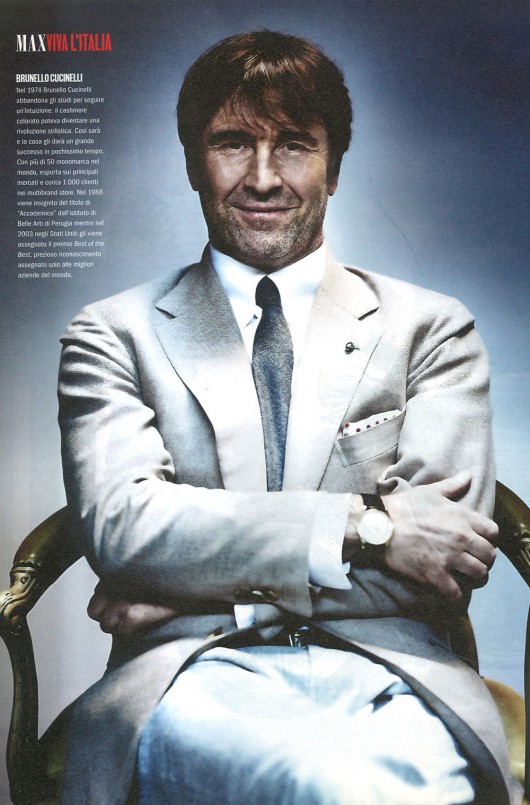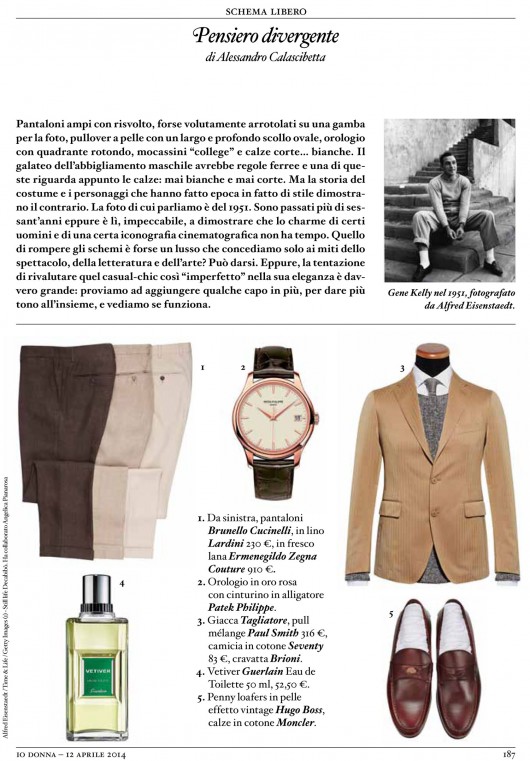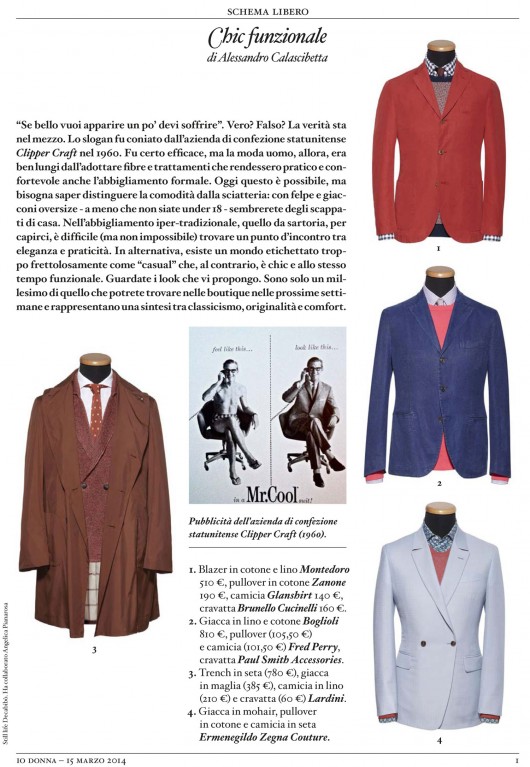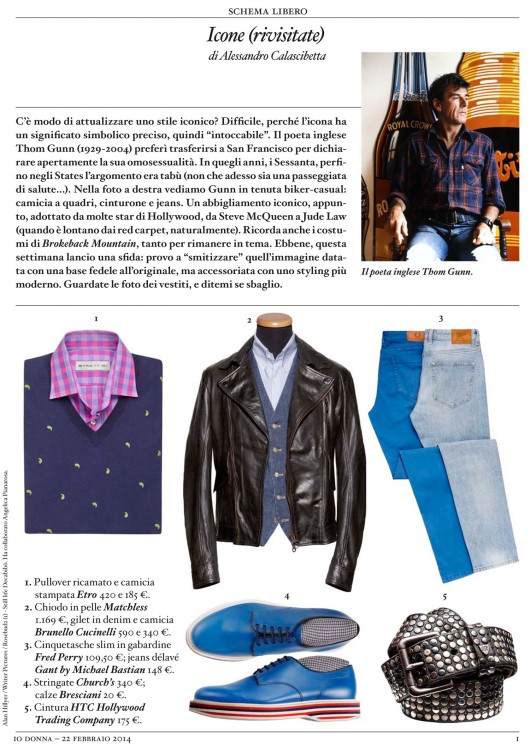IO DONNA SCHEMA LIBERO MOMENTO SEXY

Sexy situation. The gestures of male sensuality are much less than those made, on purpose or not, by women. Our sexy-situations can be counted on one hand, let’s use them! First situation, the business meeting: the way we cross the legs. Of course we can’t twist them à la Parietti style; so let’s put the ankle on the knee (but pay attention not to show the sole to the person sitting beside you, especially if she’s a lady), with the hand on the calf. Freetime situation, for example on the beach: many women think we’re more attractive bare-chested wearing a pair of jeans, than wearing a swimming suit. And don’t mind if the legs remain white. Home situations: we have two of them. The shaving: it seems that seeing us with the face full of foam, focused in front of the mirror, drives them crazy. Last but not least: the tie, wearing a tie, knotting a tie. In several movies it is done before wearing the trousers, but the risk is to have a too short, or too long, tie. Man-to-man: wear the trousers before, and then knot the tie. Ph. from the website themenissue.com









